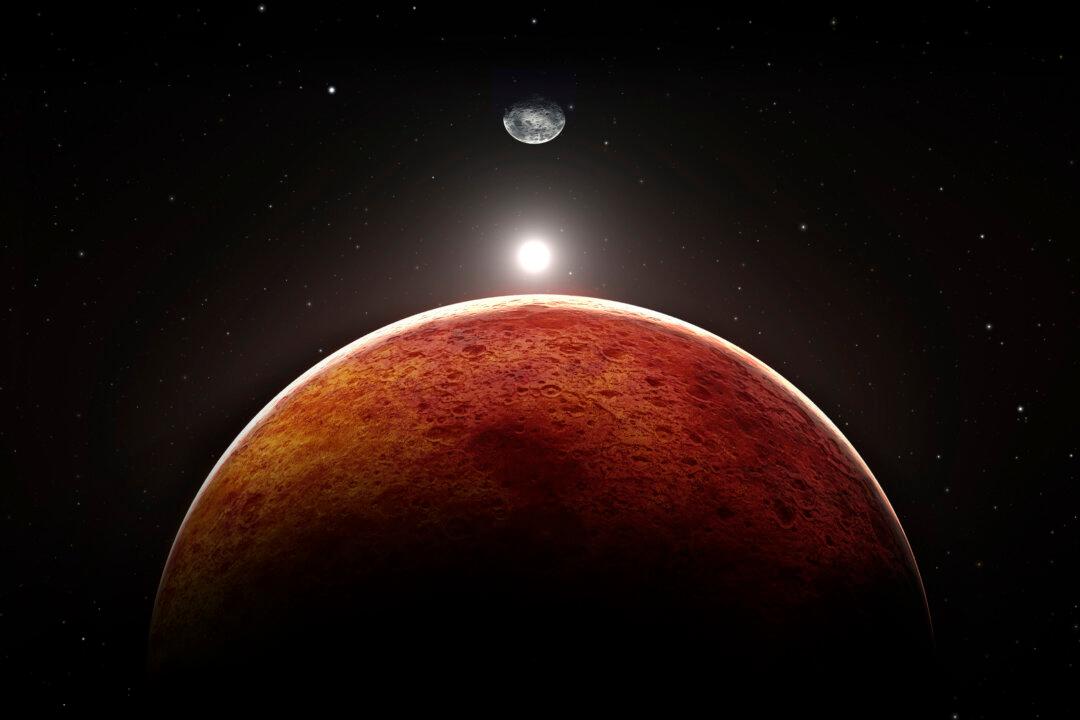Mars has a high concentration of the gas isotope Xenon 129 in its atmosphere. Xenon 129 is produced by nuclear reactions. The surface of the red planet also has an excess of uranium and thorium.
These conditions are likely the result of two large anomalous nuclear explosions on Mars in the past, argues propulsion scientist Dr. John Brandenburg in a 2014 paper, titled “Evidence of a Massive Thermonuclear Explosion on Mars in the Past."
On Earth, in Oklo, Gabon, uranium was extracted in 1972 and found to have unusual properties. Natural uranium deposits all contain about 0.7 percent U235. The isotope U235 in the Oklo mine, however, showed at levels around 0.6 percent, suggesting the U235 had already been “burned.”
Dr. Francis Perrin, former chairman of the French High Commission for Atomic Energy, told the French Academy of Sciences on Sept. 25, 1972, that a nuclear reaction had taken place approximately 1.7 billion years ago.
While many scientists say the nuclear reactions on Earth and Mars could have occurred naturally, some scientists disagree. If the reactions weren’t natural, the implication is that intelligent beings—whether human or alien—artificially caused them.





